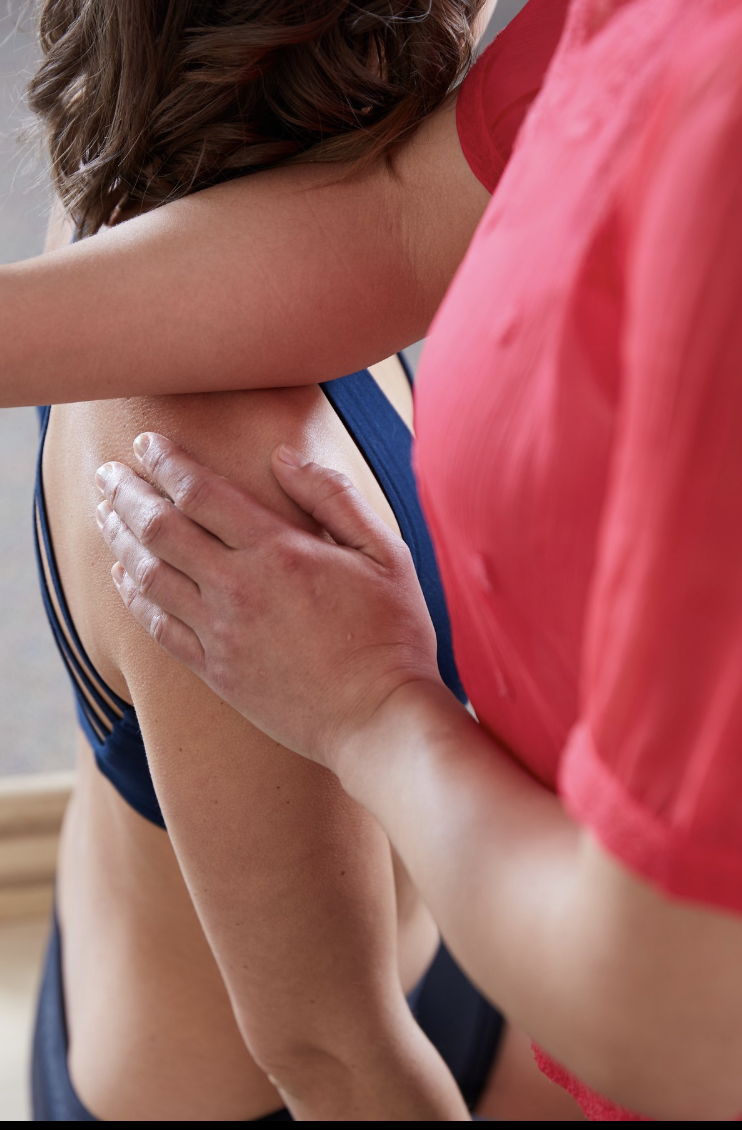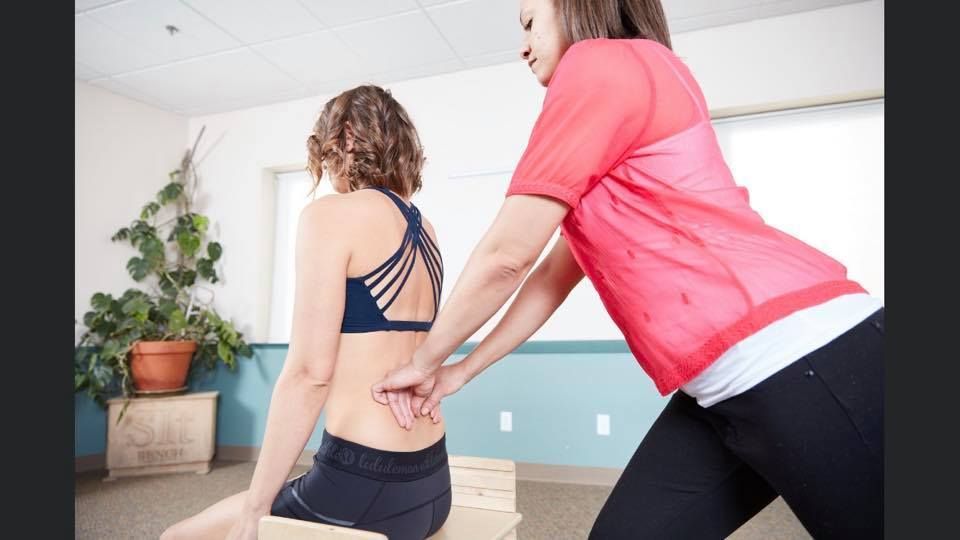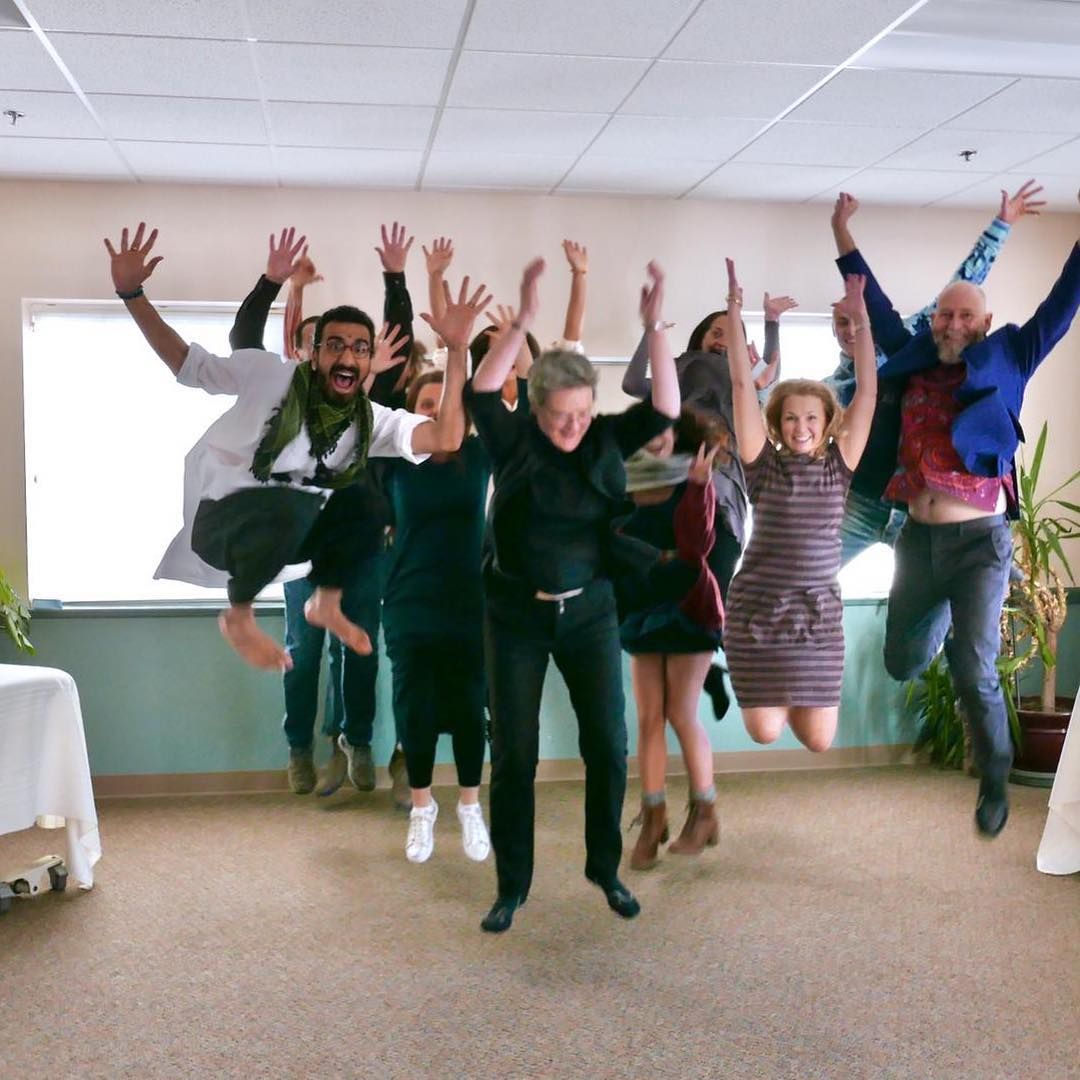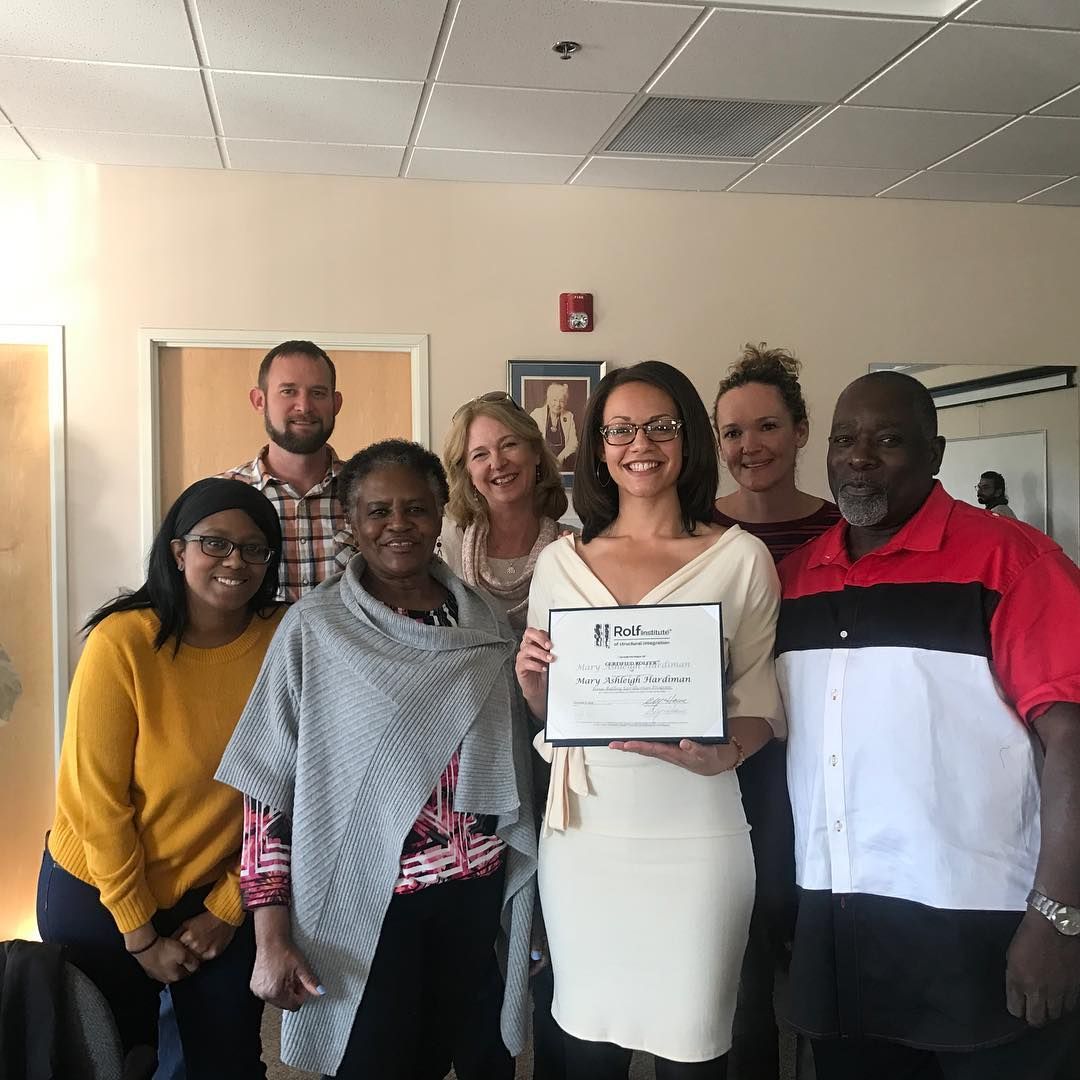Structural Integration

What is Structural Integration?
Structural Integration is the philosphy, science, and art of integrating the human body structure in spacetime and gravity through myofascial manipulation, movement education, and mind-body connection.
More than fifty years ago, Dr. Rolf recognized that the body is inherently a system of seamless networks of tissues rather than a collection of separate parts. These connective tissues surround, support and penetrate all of the muscles, bones, nerves and organs. Rolfing® Structural Integration works on this web-like complex of connective tissues to release, realign and balance the whole body, thus potentially resolving discomfort, reducing compensations and alleviating pain.
What are the benefits?
Structural Integration (SI) has the ability to dramatically alter a person's posture and structure and can potentially resolve discomfort, release tension and alleviate pain. This holistic approach that fits the pieces of the body to the whole, aims to restore flexibility, revitalize your energy and leave you feeling more comfortable in your body. The genius of the work rests on Dr. Rolf's insight that the body is more at ease and functions most effectively when its structure is balanced in gravity.
Athletes, dancers, performers, those recovering from a past injury, and people from all walks of life have benefited from Structural Integration. People seek SI as a way to ease pain and chronic stress, and improve performance in their professional and daily activities. It's estimated that more than 1 million people have received Rolfing work.
Research has demonstrated that SI creates a more efficient use of the muscles, allows the body to conserve energy, and creates more economical and refined patterns of movement. Research also shows that SI significantly reduces chronic stress and changes in the body structure. For example, a study showed that SI significantly reduced the spinal curvature of subjects with lordosis (sway back); it also showed that SI enhances neurological functioning through mind-body connection.
Structural Integration 10-Series
The hallmark of Structural Integration is a standardized "recipe" known as the Ten-Series, the goal of which is to systematically balance and optimize both the structure (shape) and function (movement) of the entire body over the course of ten SI sessions.
Each session focuses on freeing any restrictions or holdings trapped in a particular region of the body. A practitioner also maintains a holistic view of the client's entire system during each session, thus ensuring the transformational process evolves in a comfortable and harmonious way.

The Breakdown :
Sessions 1-3 Superficial Layers -
Called the "sleeve" sessions, sessions 1-3 strive to loosen and balance surface layers of connective tissue.
Specifically, the first session is devoted to enhancing the quality of breath with work on the arms, ribcage and diaphragm. Opening is also started along the upper leg, hamstrings, neck and spine.
The second session helps give the body a stable foundation by balancing the foot and muscles of the lower leg.
The third session typically involves a "side view" for an understanding of how the head, shoulder girdle, and hips are positionally related to one another when standing under the influence of gravity. Then, the body is addressed within the context of this new 3 dimensional vision.
Sessions 4-7 Deep Core Layers -
We explore terrain found between the bottom of the pelvis and top of the head. The idea of core also includes the deep tissue of the legs for its role in support.
Session four begins this journey, its territory extends from the inside arch of the foot and up the leg, to the bottom of the pelvis.
The fifth session is concerned with balancing surface and deep abdominal muscles to the curve of the back.
Session six seeks to enlist more support and moment from the legs, pelvis and lower back, while the seventh session turns its sole attention to the neck and head.
Sessions 8-10 Integration and Embodiment of Series
"Integration" is emphasized throughout the remaining three sessions, as sessions 8-10 provide an opportunity to blend previously established advancements, and ones yet to be made, into the body in a way that encourages smooth movement and natural coordination through neuromuscular connection.
During sessions eight and nine, the practitioner determines how best to achieve this integration, as the protocol is unique for each individual.
The tenth and final session is also one of integration, but more importantly, serves to inspire a sense of order and balance. Once completed, the wisdom of the Ten Series will drive and support the body with health for years to come.
"I started massage services with Mary initially but moved over to Rolfing and after 4 sessions have been amazed at what seems to be a permanent result. The pain is gone, and I believe that we are finally addressing some very long term dysfunctional stability within my body." - PG, Rolfing® 10 series client
How is Structural Integration different than Massage Therapy?
Through soft tissue manipulation and movement education, SI affects body posture and structure over the long-term. Unlike massage, which often focuses on relaxation and relief of muscle discomfort, SI is focused on improving body alignment, mind-body connection, and proper functioning of the whole system. SI is different from deep-tissue massage, the intention is to create the possibility of overall ease and balance throughout the entire structure, rather than focusing on areas presenting with tension. As a structure becomes more organized as a whole versus it's parts, chronic strain patterns are alleviated, and pain and stress decreases.
Furthermore, Structural Integration is known to speed up injury recovery by reducing pain, stiffness and muscle tension; improving movement and circulation around joints; and attending to both the injury and any secondary pain that may develop from favoring the injury.


My training in Rolf™ Structural Integration taught me how to see and feel the body in a holistic, three-dimensional way — not as isolated parts, but as a living, responsive system of relationships.
This background supports my work in a few key ways:
• Structural Awareness: I understand how connective tissue (fascia) organizes movement, posture, and compensation patterns — which helps me attune to deeper layers of strain or restriction, even with subtle contact.
• Touch Precision with Presence: Rolfing teaches refined, intentional touch — which complements the stillness and spacious listening of BCST. I bring both clarity and softness to the table.
• Movement Integration: I support clients not only release patterns but integrate new movement options — building body awareness, alignment, and resilience that lasts beyond the session.
• Postural & Somatic Insight: Rolfing gives me a lens to track how emotional, physical, and nervous system patterns shape how someone stands, moves, and lives in their body. This enriches all somatic work I offer.
Rolfing gave me the map. BCST gave me the stillness. Together, they help me meet the whole person.